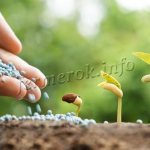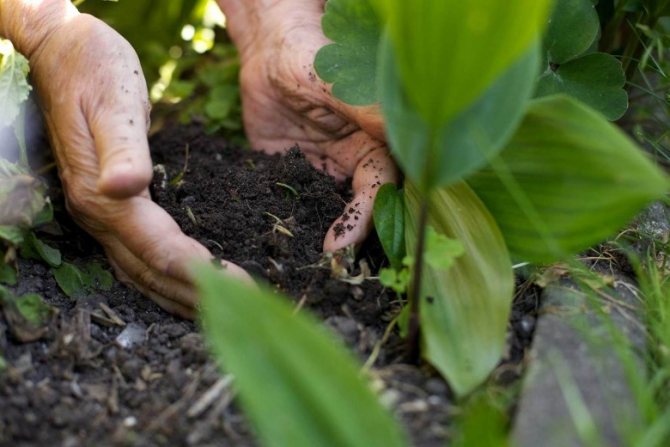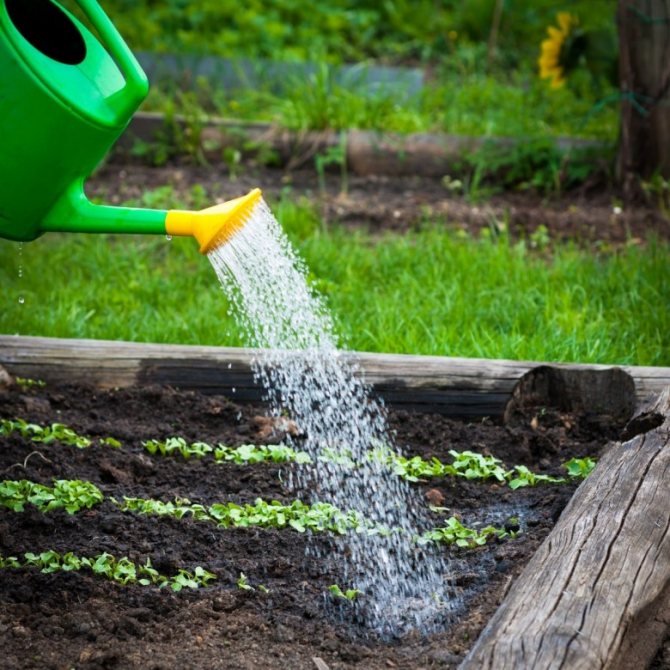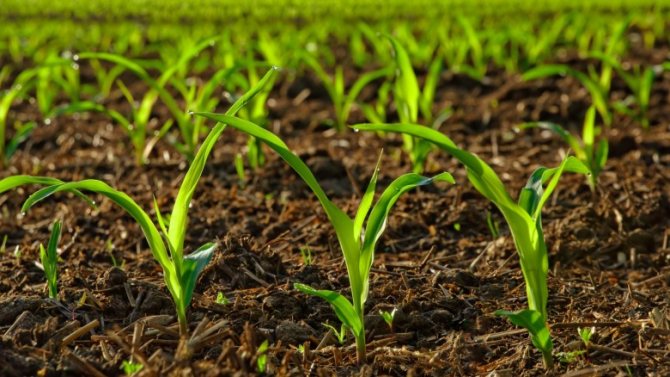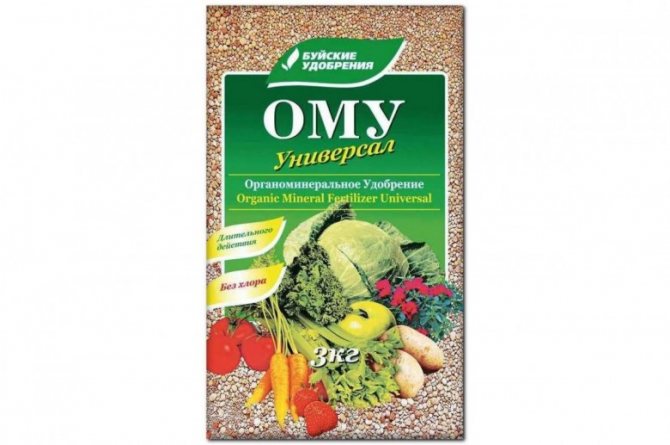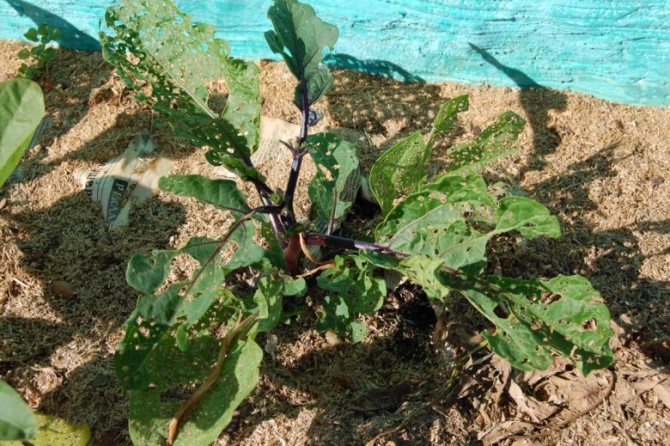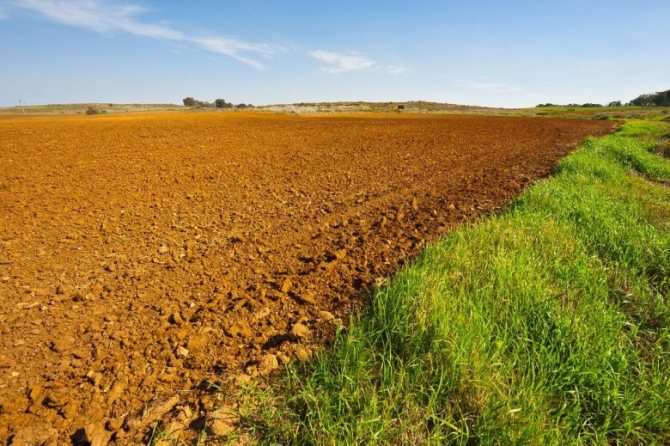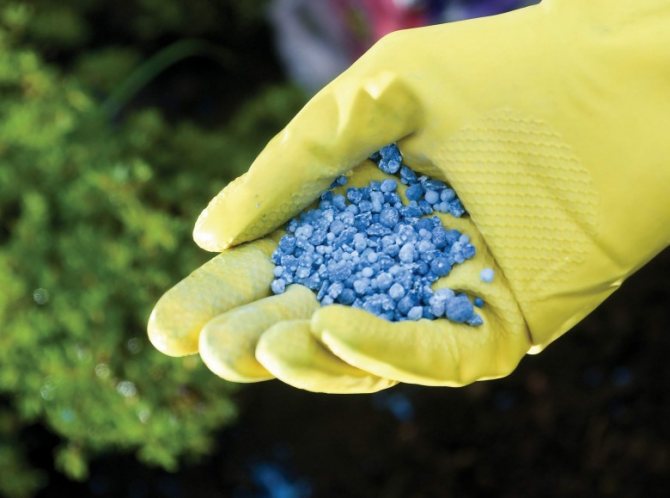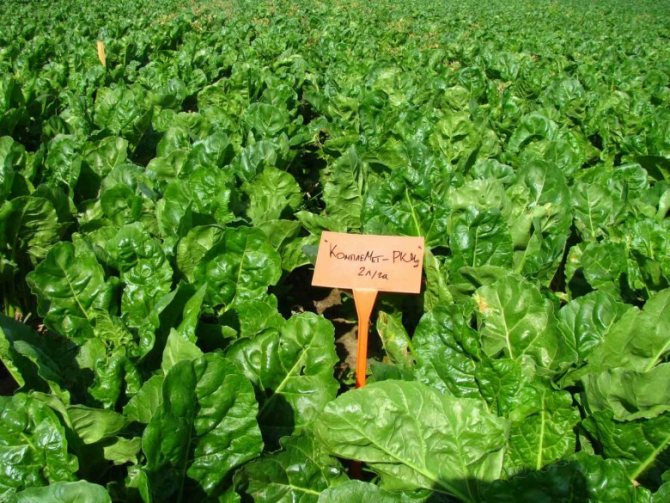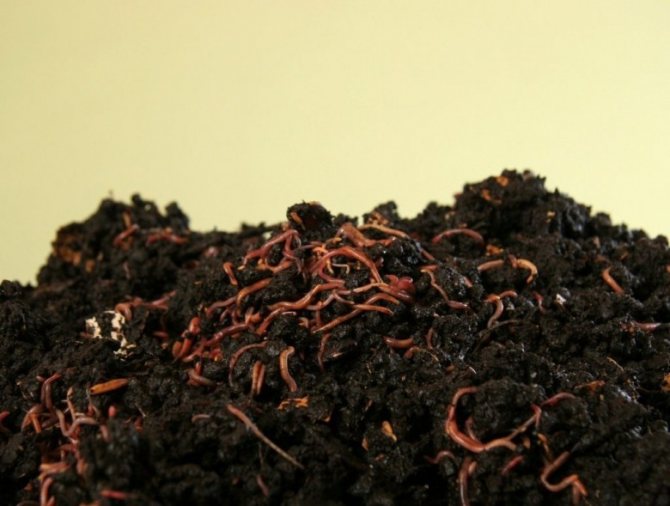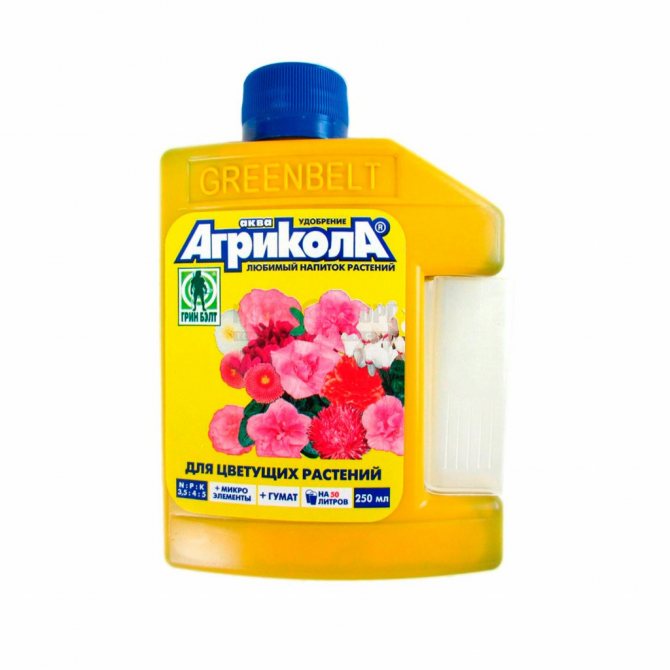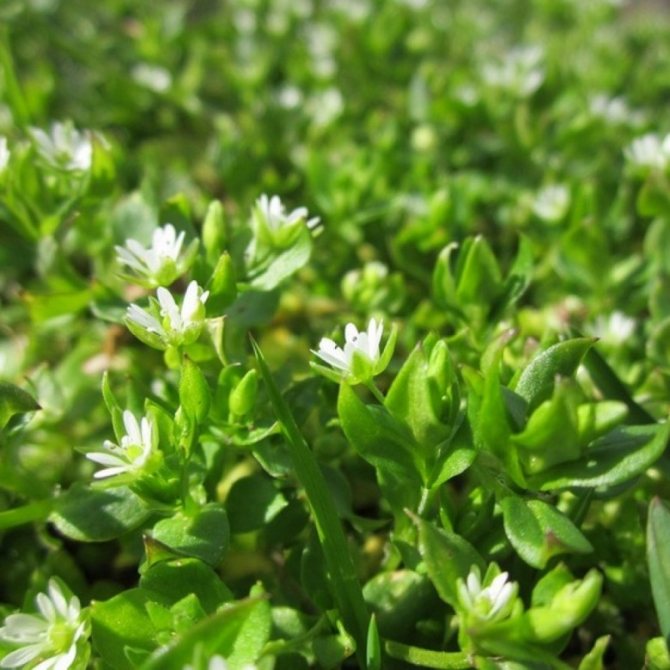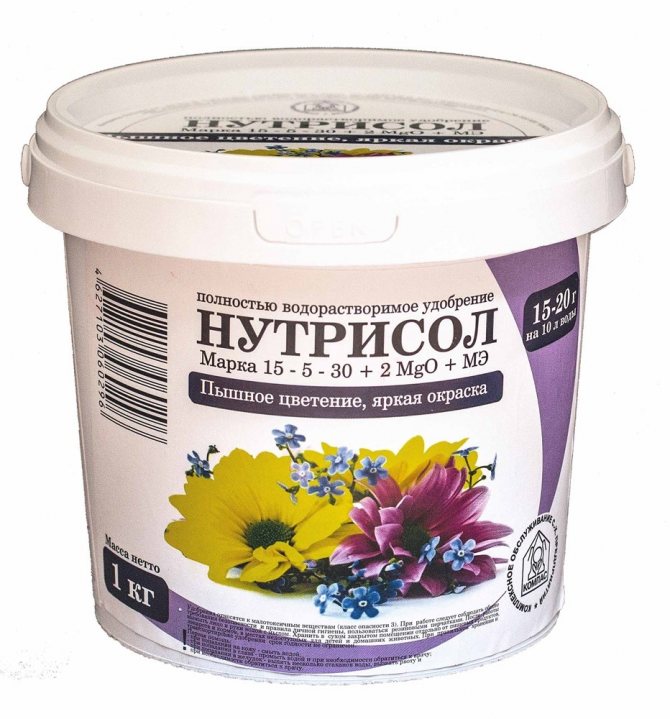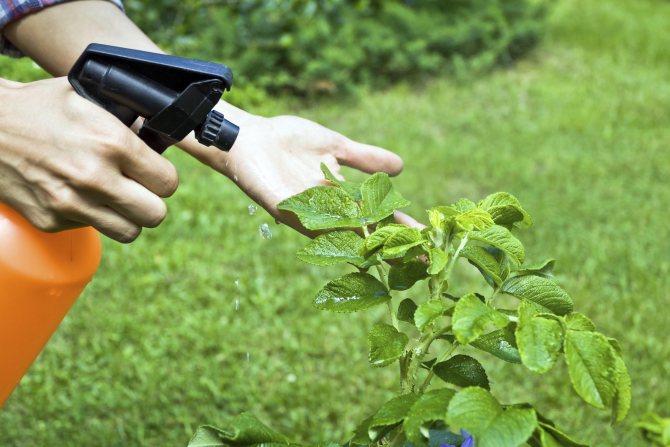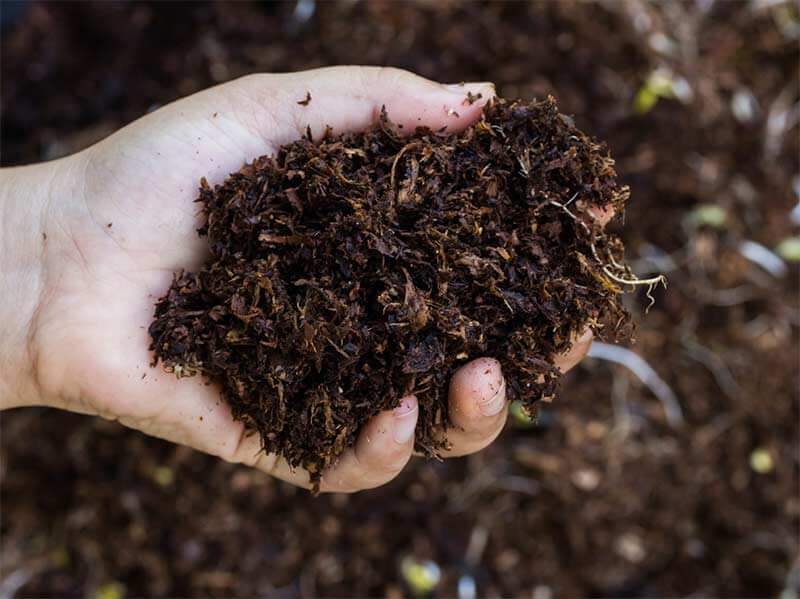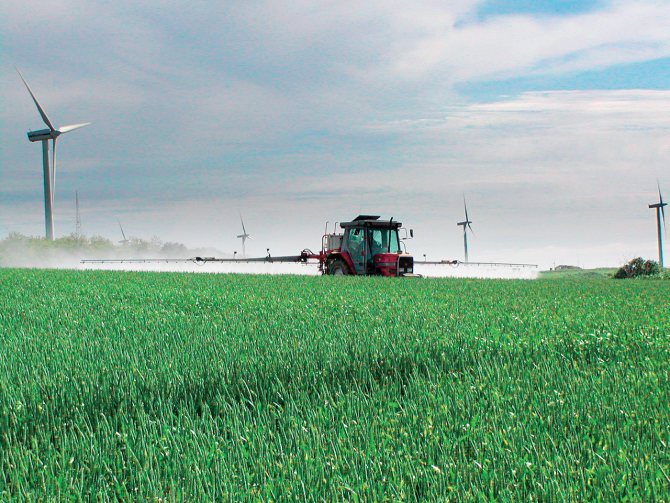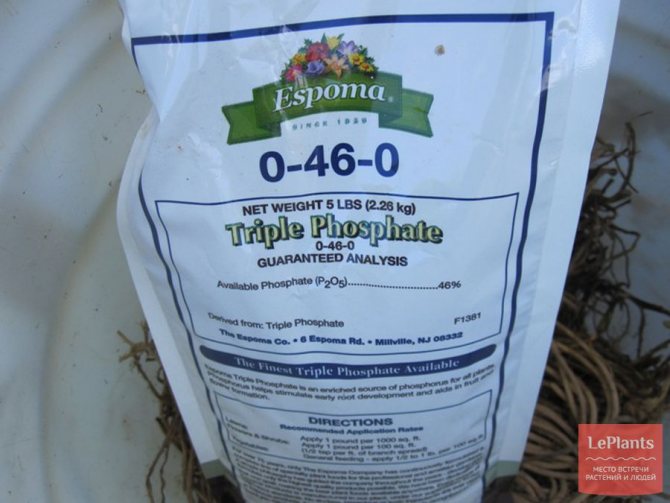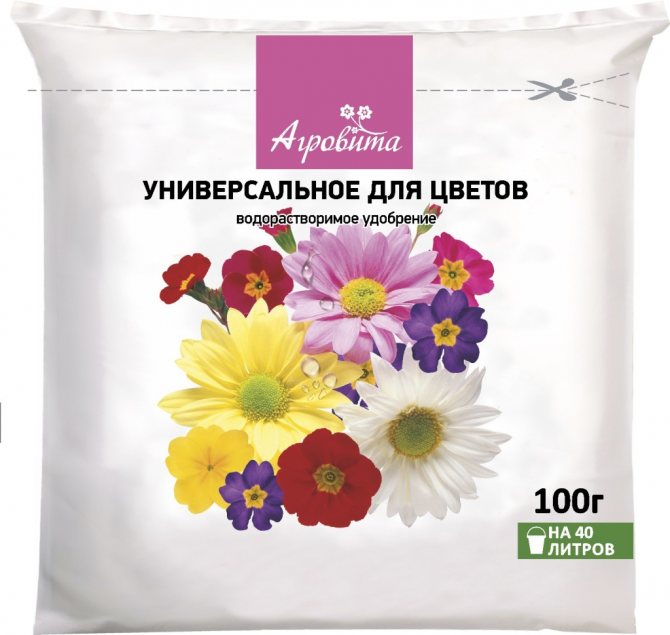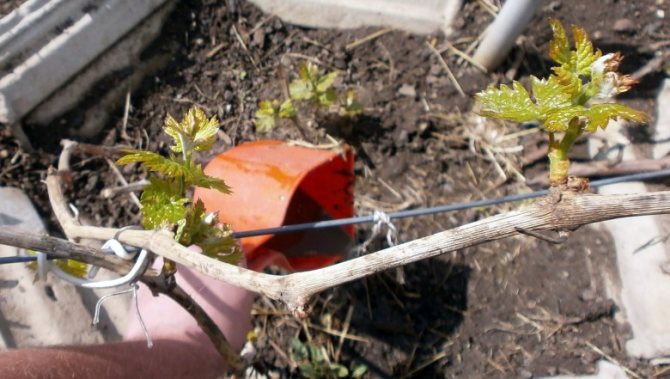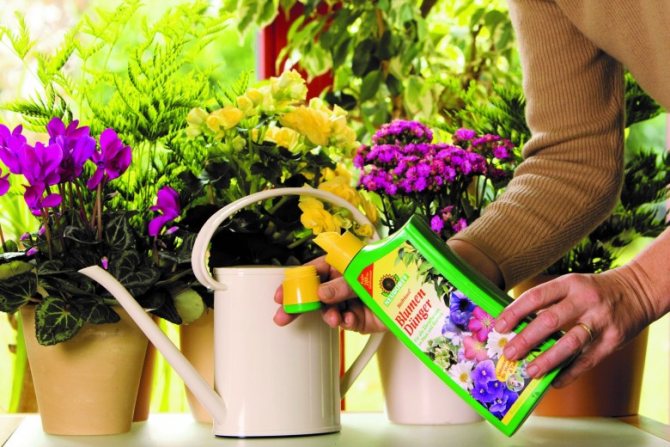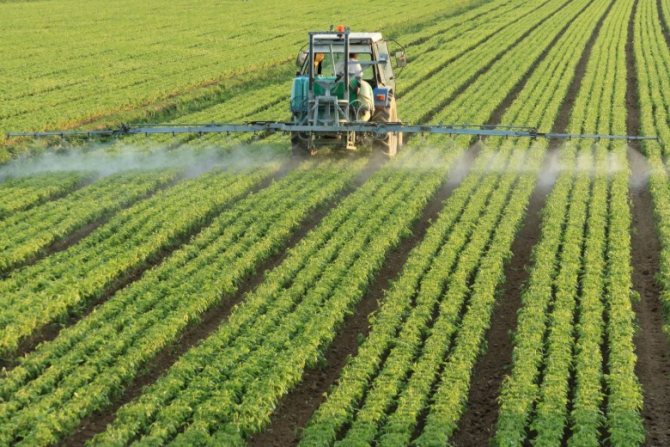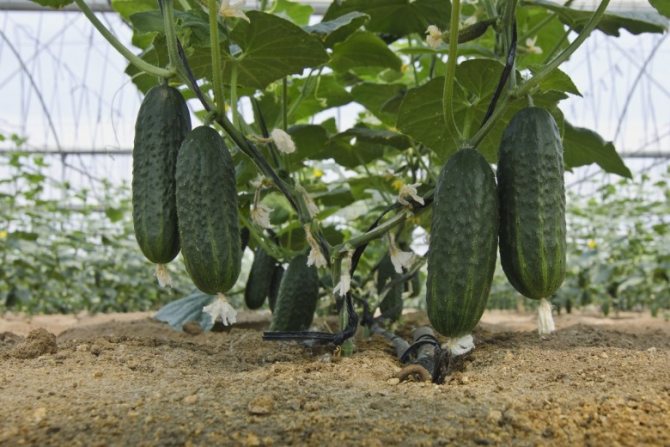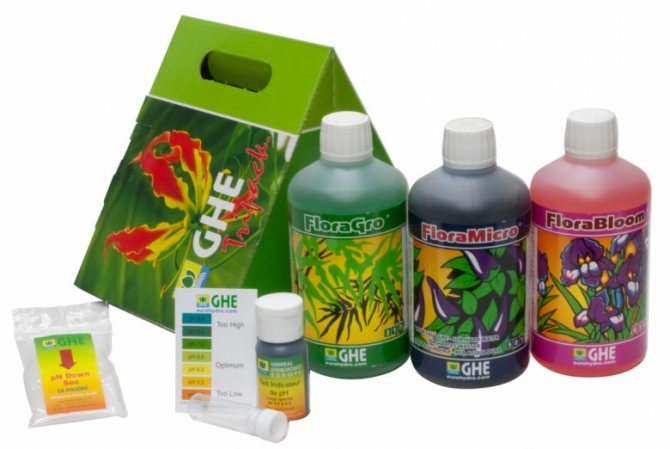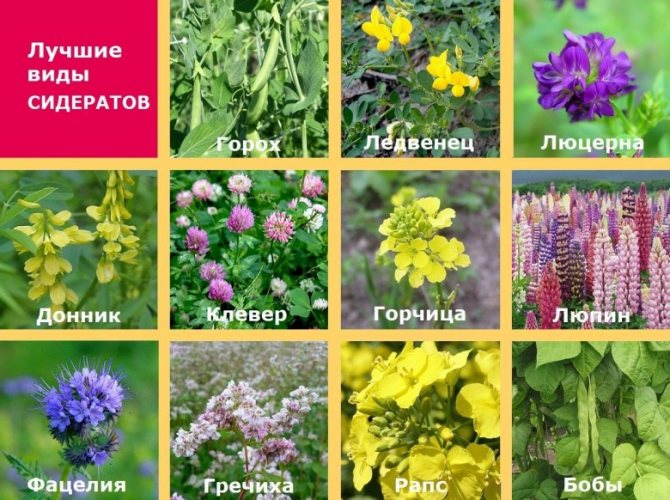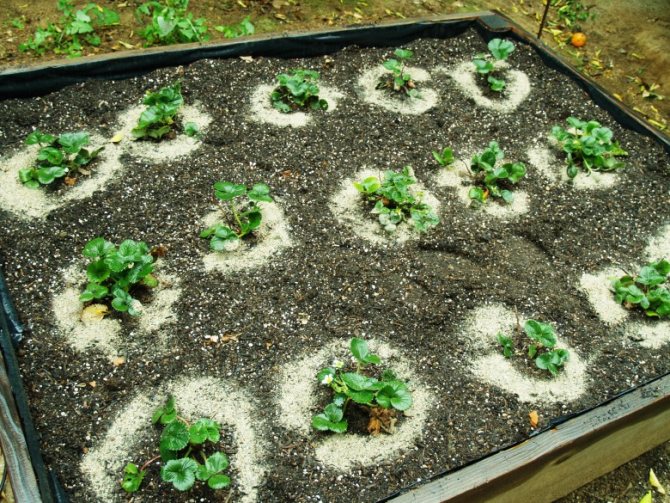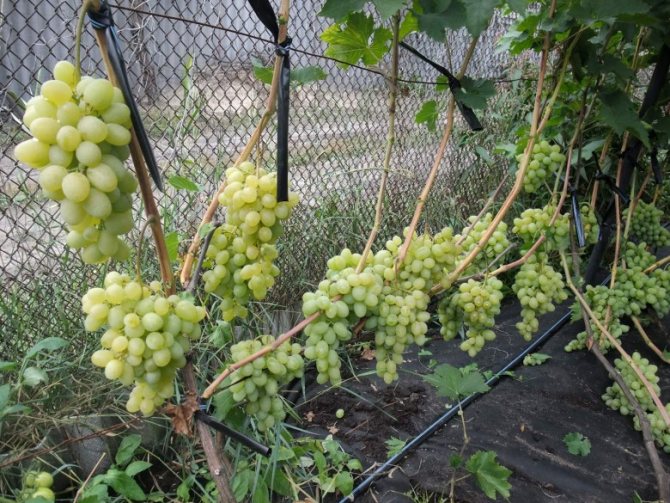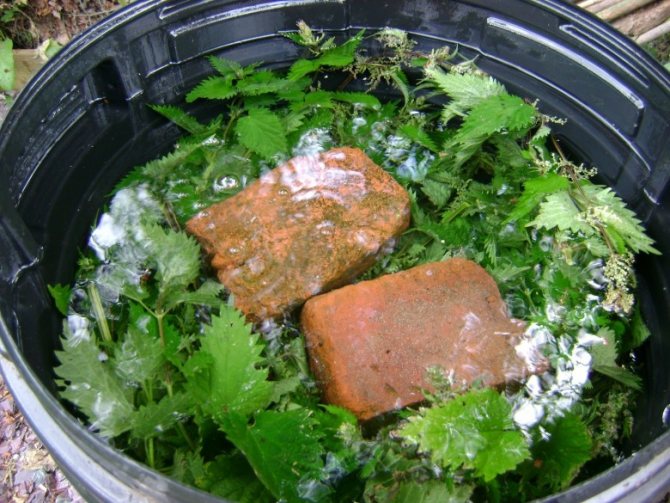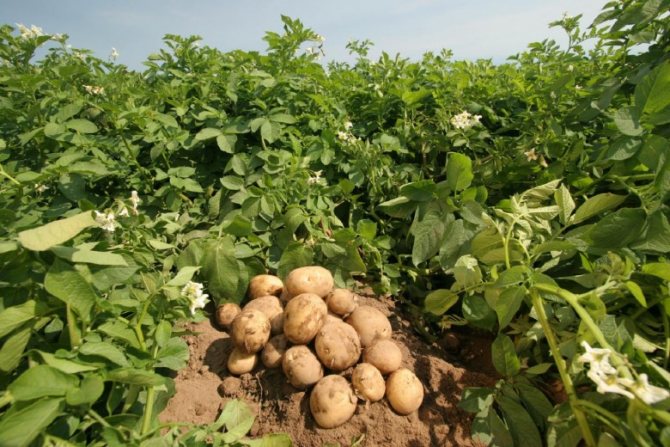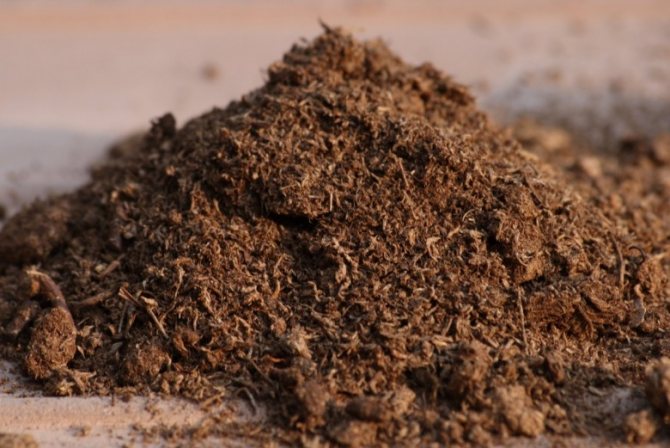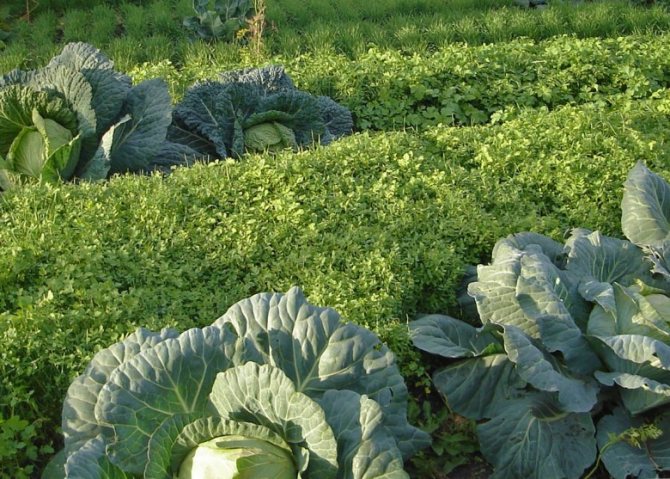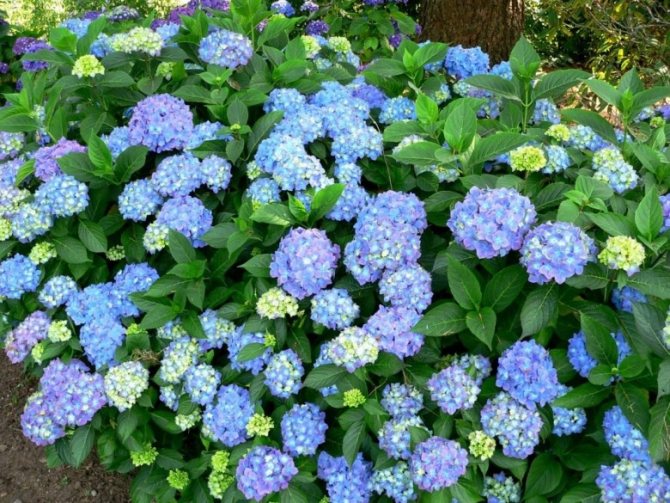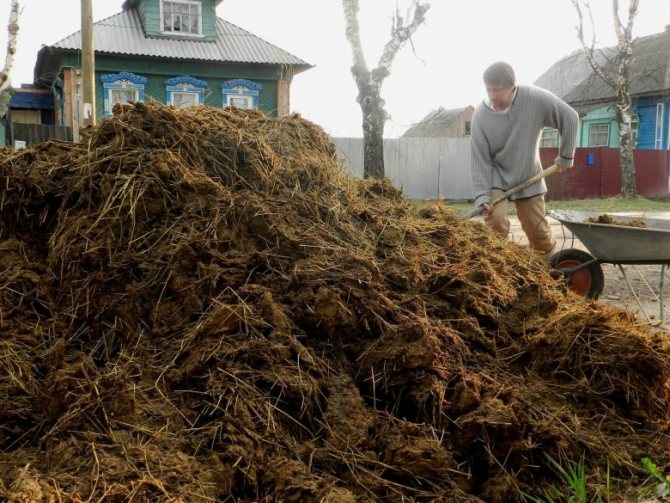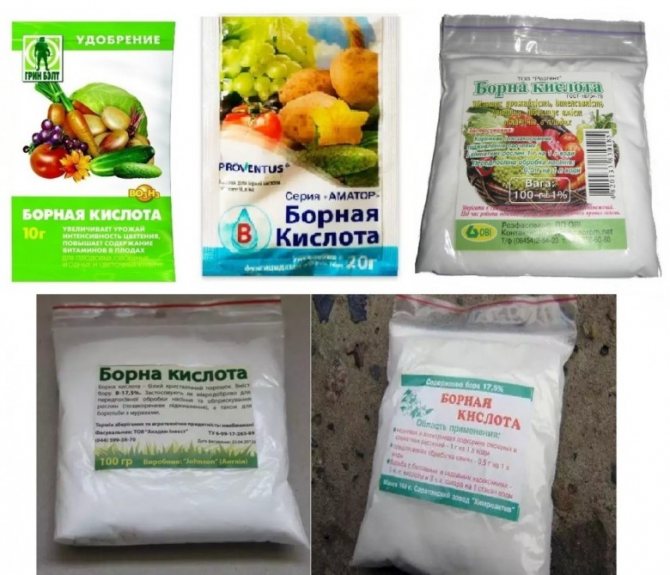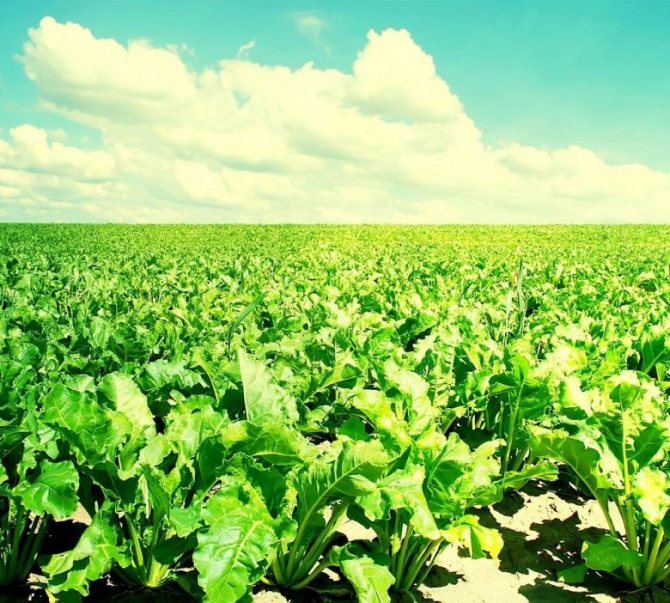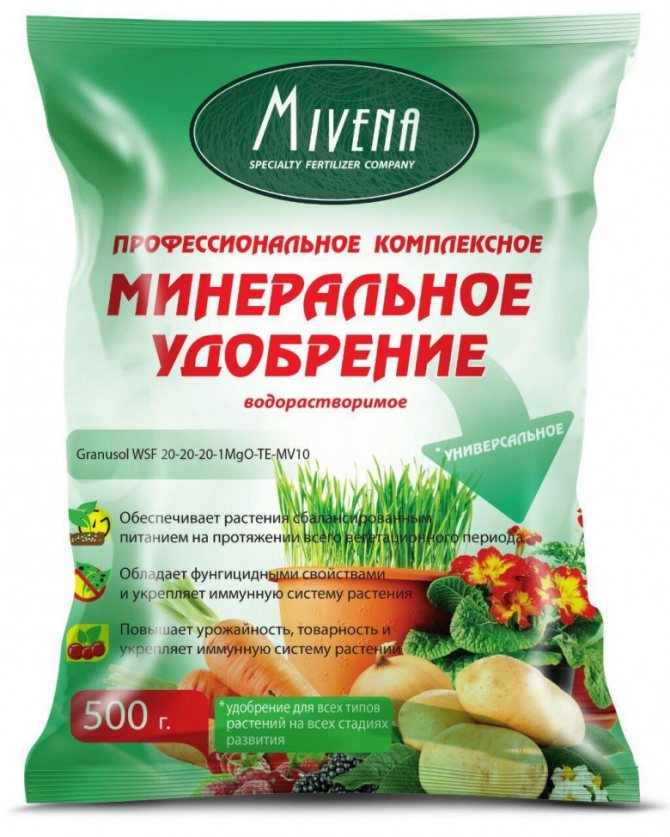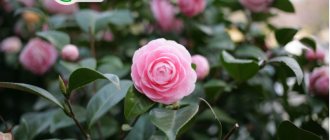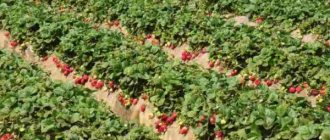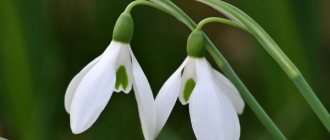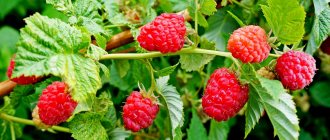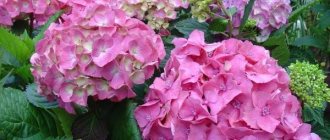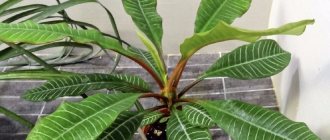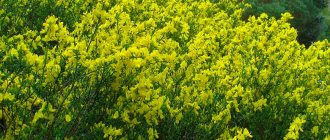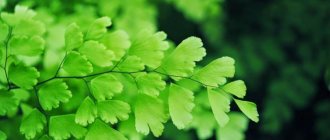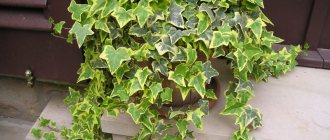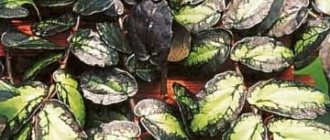Fertilizers for flowers have a beneficial effect on plant growth and development. The substances included in them increase the protective forces, allow you to actively build up the green mass. The main thing is to determine the composition of the solution and familiarize yourself with the rules for introducing the substance. The rating of the best flower fertilizers will help in this. For convenience, we have divided it into 3 categories depending on the type of mixture.
What are mineral fertilizers?
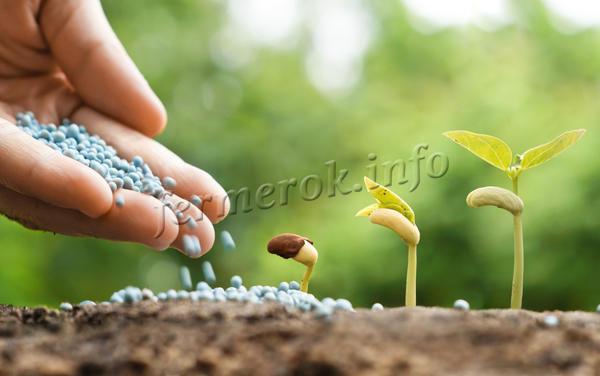
Application of mineral fertilizers
Mineral fertilizers are preparations consisting of useful elements that are necessary for garden crops for the normal development and ripening of the crop. Popularly, such drugs are called chemical, although not entirely. In their production, natural minerals are used that are extracted by an industrial method. Only a small proportion of artificial additives is acceptable.
Mineral fertilizers are even more popular today than organic ones. And there are many reasons for this.
- Low cost. The price of minerals is insignificant compared to organics.
- For processing, small doses of the drug are usually used. This allows you to buy a small bag of the substance, and not order a whole car, as is the case with humus to fertilize the earth.
- It is not difficult to get mineral fertilizer. They are sold in any gardening store, in the markets and on the Internet, there are more than enough similar offers for sale!
- Mineral fertilizers are easily selected for a specific type of soil, crop and their growing season.
Important!
Minerals are used exclusively in the dosage recommended by the manufacturer. If you overfeed the plants, they can die!
In terms of effectiveness, minerals are in no way inferior to organics if they are used correctly. But it is very important to observe the concentration when diluting the substance, because the abundance of such a drug can harm, or even completely burn the fertilized plants!
Theoretical basis
The need to replenish nutrients removed from the soil with the harvest is not in doubt. There are two ways in which this replenishment is made, and each of them is applicable both individually and in combination. This is largely due to the type of economy:
- Mineral fertilizers are widely used in monoculture farms. They specialize in one type of product, and the costs of mineral complexes are invested in the cost of the final product.
- Organic fertilizers for plants are firmly integrated into the agricultural cycle of multicultural enterprises with a closed cycle. As a rule, these agricultural producers combine crop production with livestock production.
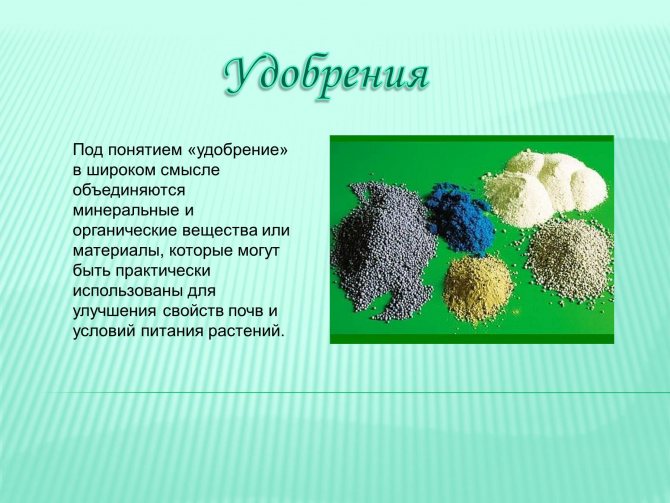

Both types of farms exist in Russia. Their second type is widely represented in the middle lane. It cannot be said that mineral fertilizers are not used in them, but their role is rather auxiliary. The focus is on other agricultural practices, for example:
- crop rotations;
- waste-free technologies;
- own organic production.
In part, this approach is forced, since the purchase of fertilizers in the non-chernozem zone hits the pocket of the agricultural producer. With deliberately smaller yields, more money is required.
Organic matter is especially popular in personal subsidiary plots.As a rule, their owners do not set themselves the task of increasing yields at any cost, therefore they have a wide field for experiments, often incomparable with the size of the plots. Many organic farming technologies were first tested in subsidiary farms, and some are used only in them.
Among all the technologies used in natural farming, it is difficult to single out any clear categories. For example, green manure improves soil drainability, suppresses the growth of weeds, but the green manure itself is a valuable green fertilizer. The same can be said for joint planting and mulching. In some cases, soil is formed directly under crops - for example, warm-bed technology is constant composting.
A distinctive feature of organic matter is that in addition to nitrogen, phosphorus, potassium and other elements necessary for plants, they contain a substrate that improves the quality of soil. In addition, this substrate adsorbs useful substances and supports the life of soil microorganisms - after all, it is they who do the main work.
Types of mineral fertilizers
Check out these articles as well
- The best meat breeds of bulls
- Bagheera currant variety
- Angora rabbit
- How to store carrots in a cellar in winter: 5 best ways
Mineral fertilizers may contain 1, 2, 3 or more basic substances in the composition. The main elements are nitrogen, potassium and phosphorus. At least one of these elements is present in any of the mineral dressings. The auxiliary components are: sulfur, manganese, magnesium, calcium and other important minerals.
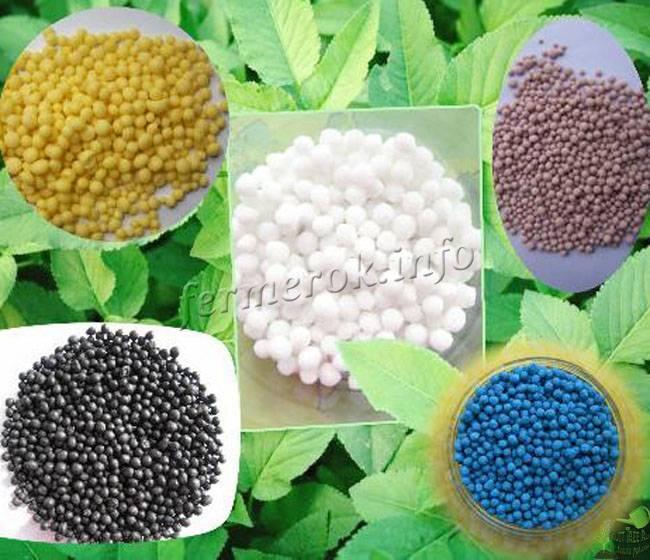

Mineral fertilizers photo
There are only four main types that can be found in any gardening store.
- Nitrogen substances, which are composed primarily of nitrogen.
- Phosphate fertilizers are made from phosphorus and may contain several other elements.
- Potassium supplements include potassium salts and micro-additives.
- Complexes - combine many components in equal or different proportions.
It is the complexes of mineral fertilizers that are used by gardeners most often, because they make it possible to replenish not only one specific mineral, but several at once.
Rating of the best fertilizers for flowers
| Nomination | a place | Name of product | rating |
| The best mineral fertilizers for flowers | 1 | Garden of Wonders "Rainbow" | 5.0 |
| 2 | Forte | 4.9 | |
| 3 | Nutrisol | 4.8 | |
| 4 | Gilea "Ferti Mix" | 4.7 | |
| 5 | Agricola | 4.6 | |
| The best organic fertilizers for flowers | 1 | Weaving "Chicken droppings", 700 g | 5.0 |
| 2 | horse manure Orgavit 2 kg | 4.9 | |
| 3 | Wood ash 1 kg | 4.8 | |
| 4 | Hand-processed pine bark fraction 4-8 in bags 50l | 4.7 | |
| The best foliar fertilizers for flowers | 1 | Agrovita | 5.0 |
| 2 | Buiskie Fertilizers “Flower Paradise. Miracle spray ", 500 ml | 4.9 | |
| 3 | BONA FORTE for flowers | 4.8 |
Nitrogen fertilizers
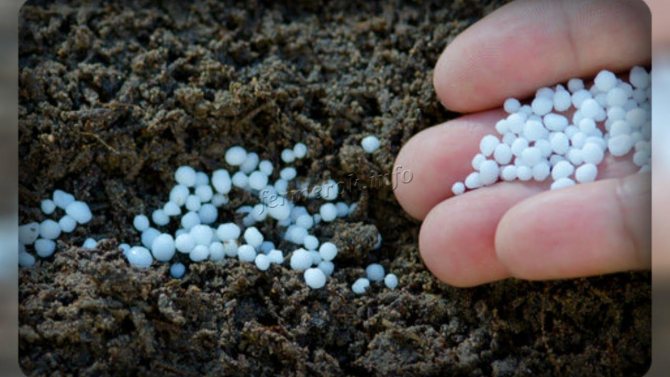

Photo nitrogen fertilizer
Nitrogen-based fertilizers are commonly used in early spring. After all, it is nitrogen that is necessary in order for a lot of healthy greenery to appear on crops. In addition, this substance contributes to faster emergence of sprouts during sowing of seeds.
Important!
Nitrogen fertilizers are quite dangerous. Some of them, such as ammonium nitrate, are explosive, but in addition, if they are used in too high concentrations, a lot of nitrates can be deposited in crops.
The most common types of nitrogen fertilizers are: "urea", "ammonium sulfate", "ammonium water", "sodium nitrate", "ammonium nitrate", "calcium sulfur". The application rates of nitrogen preparations depend on the period of the year, as well as the type of crops. Detailed instructions are always indicated on the label of the fertilizer bag.
Strawberries, apple trees, tomatoes, potatoes and cucumbers react most actively to the lack of nitrogen in the soil. If there is not enough nitrogen in the ground, they can begin to lose their leaf color, stop growing, and the leaves do not grow to their normal size. In one case or another, a certain type of fertilizer is used.For example, saltpeter increases the growth of beets, urea acidifies the earth, ammonium nitrate accelerates the growth of tomatoes, cucumbers, cabbage and greens.
Types of liquid dressings
The classification of liquid fertilizers is based on different concentrations of nitrate and ammonia. The most popular carbide-ammonia composition (AB). The use of ammonia in the earth has excellent mobility, stimulates growth and nourishes the earth with essential substances. But the ammonia-carbide mixture acts exclusively as an auxiliary agent.
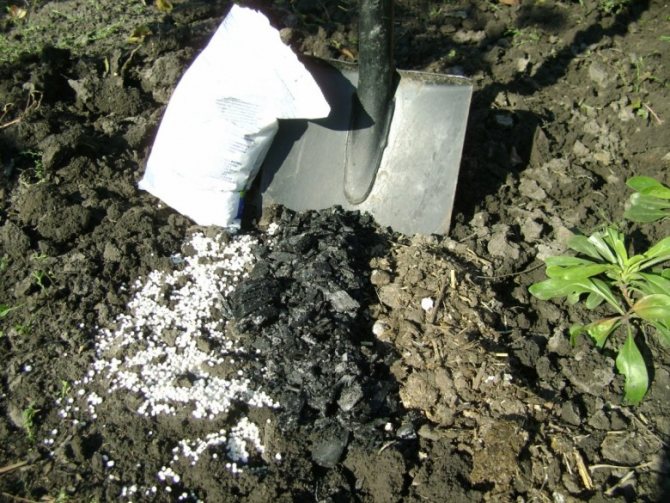

Types of nitrogen liquid dressings are used in different types of impurities.
- The first is nitrate substances, which include liquid fertilizers based on calcium ammonium nitrate. The advantage of these fertilizers is a quick effect and mobility in the soil layer.
- The second is ammonium nitrogen. It is quickly absorbed into the ground and has a short-term effect. This is his disadvantage.
- The third amide type is not used in the usual way for feeding the root system. These are carbamide, urea and calcium cyanamide. Apply carefully foliar irrigation, it can cause burns on the leaves.
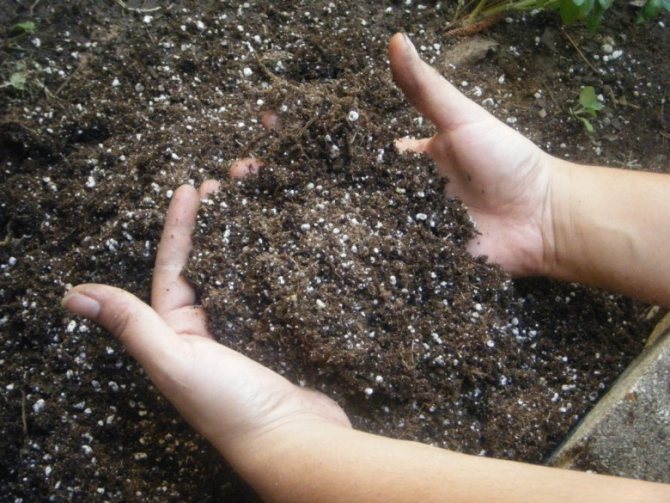

Ammonia additives can differ only in the content of ammonia, anhydrous ammonia 82%, and ammonia water 24%.
Humate fertilizers. Liquid top dressing Humate is made on a potassium basis. This substance is produced by processing peat and extracting useful elements of nitrogen and phosphorus. Mainly Humate is used for soaking seeds or other planting material.
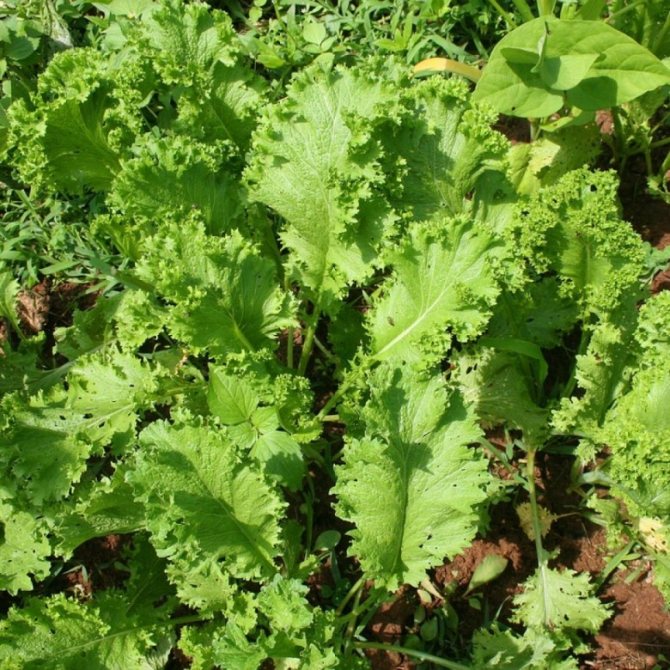

Potash fertilizers
We recommend reading our other articles
- Planting grapes in spring with seedlings and cuttings
- Red Scarlet Potatoes
- Tersk horse breed
- Duck breed Indian runner
Potash fertilizers predominantly contain potassium salt. Other additives, if any, are in minimal quantities. Potash fertilizers are recommended for sandy areas, although in principle they are applicable to any soil.
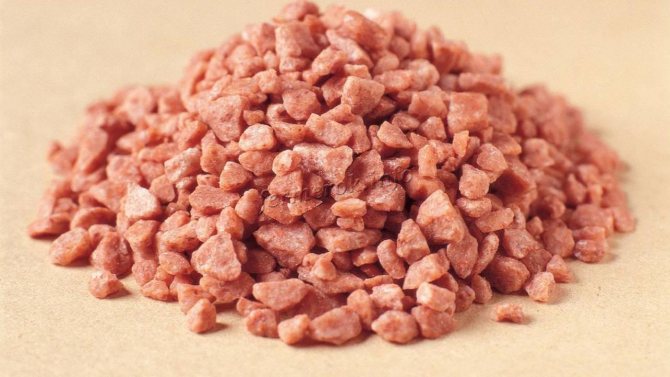

Fertilizer potassium chloride photo
- "Potassium sulfate" ("potassium sulfate") is suitable for use at any time of the year and for any crops. It is quite safe, and yet you only need to dilute according to the instructions. Application rates - up to 30 g per square meter, although the amount depends on the soil or crop that needs to be fed.
- "Potassium chloride" contains chlorine and this is its main disadvantage. It is usually brought in before winter, so that during the cold period the chlorine disappears, and only useful fertilizer remains in the soil. It is also worth noting that this type of mineral is not used on acidic soil, because the acidity will only increase after it. Approximately 25 g of fertilizer is applied to the square of the plot. But more detailed norms can be read on the label.
Root crops and cereals respond best to potassium supplementation. But this substance is necessary for any fruit and berry crops!
Features of foliar feeding
The absorption of nutrients takes place through the leaves. When feeding on the leaf, the lower part should be well treated, since it is more porous and absorbs nutrient solutions better.
It is necessary to spray solutions early in the morning or late in the evening so that the water does not evaporate very quickly and there are no burns. Cloudy weather is the most favorable time for foliar feeding. But it is not recommended to do spraying before the rain, as the procedure will be useless.
The need for foliar feeding depends on the type of soil in the region. If the soil does not retain nutrients well, then foliar dressing becomes mandatory, otherwise the crop will not be seen. Sandy and sandy loam soils poorly retain potassium, although it is considered a mineral that is not very mobile and persists for a long time. The same goes for phosphorus.
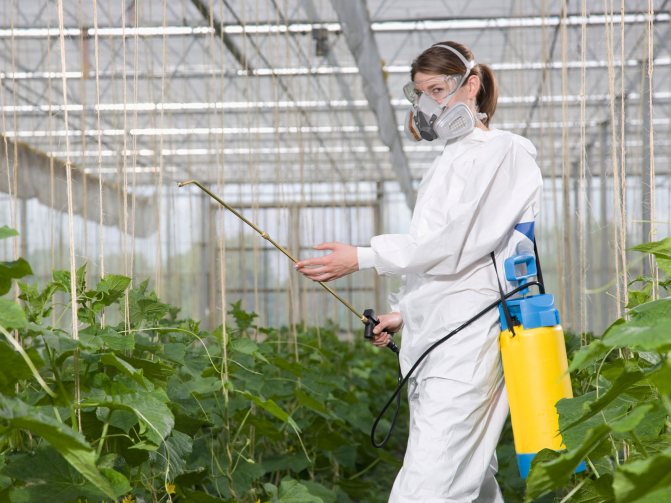

You can determine the time and need for foliar feeding by the appearance of the plant.If the foliage is pale or crumbling, then it is worth adding additional nitrogen. Weak flowering and small buds - lack of potassium. If there is not enough phosphorus, then the symptoms are similar to nitrogen starvation, only the leaves turn purple or black. Underdevelopment of the root system leads to the weakness of the entire plant.
In cold weather, the absorption of nutrients through the leaves is reduced. The optimum temperature is from 22 to 27 degrees. The heat also stops feeding the plants.
Substance consumption
In order to maintain the optimal concentration of the solution, you need to know what substances are needed in the amount per bucket of water (10 l).
Potassium (sulfate or chloride) needs 40-50 grams. Superphosphates - 100 - 150 grams. Nitrogen fertilizers - 50 - 100 grams, depending on the type.
Trace elements: boric acid - 0.5 grams. Manganese - 10-15 grams. Zinc sulfate - 5 - 10 grams. Sulfur - 15 to 30 grams. Magnesium - 5 to 10 grams.
Phosphate fertilizers
Phosphorus fertilizers primarily contain phosphorus (at least 20%). It is obtained from apatite and phosphorite found in nature. Phosphoric preparations can be used on any type of soil. Some use them before winter, others in spring and summer.
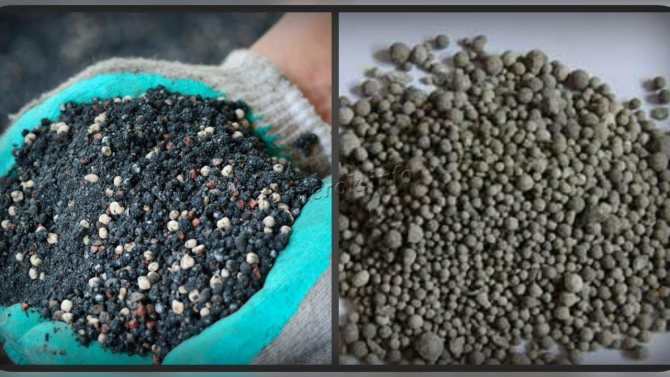

In the photo phosphate fertilizers
Important!
Phosphate fertilizers will only be well absorbed if there is enough nitrogen and potassium in the soil!
Of the famous phosphorus mineral fertilizers, it is worth mentioning:
- Superphosphate is a popular drug widely used for shrubs, trees, vegetables and berries.
- "Double superphosphate" is considered even better than superphosphate. It does not contain CaSO4, which is practically useless for crops, has an almost double standard of phosphorus and therefore is consumed much more economically.
- "Phosphorite flour" is a simple, affordable type of phosphoric fertilizer. It is always used on acidic soil, because it can reduce acidity. It can be used for any crops and at any period of their development.
Fertilization rates are always indicated on the packaging. It is not recommended to deviate from the proposed concentrations, especially if it is not the earth that is fertilized for the winter, but the plants during the period of development. An abundance of phosphorus fertilizer can lead to burns on the roots or stem.
Florist tips
Experienced growers always fertilize indoor plants correctly and know some secrets that are not obvious to beginners:
- Liquid fertilizer for decorative deciduous can be applied both under the root when watering, and directly on the leaves, spraying them from a spray bottle;
- Do not feed sick and insect-infested plants. Exceptions are diseases associated with a lack of minerals;
- In order to avoid root burn, the flower must be watered before applying the fertilizer solution;
- When preparing the mixture, do not exceed the concentration recommended by the manufacturer. Rather, on the contrary, the dose of fertilizer should be slightly reduced;
- Unused fertilizer can be frozen and thus significantly extended its shelf life.
Complex fertilizers
Top dressing, made up of several basic elements, are called complex. Producers make double (nitrogen-potassium, potassium-phosphorus and nitrogen-phosphorus) and triple (nitrogen-phosphorus-potassium) complex feeding. But which of them have high efficiency and effectiveness?
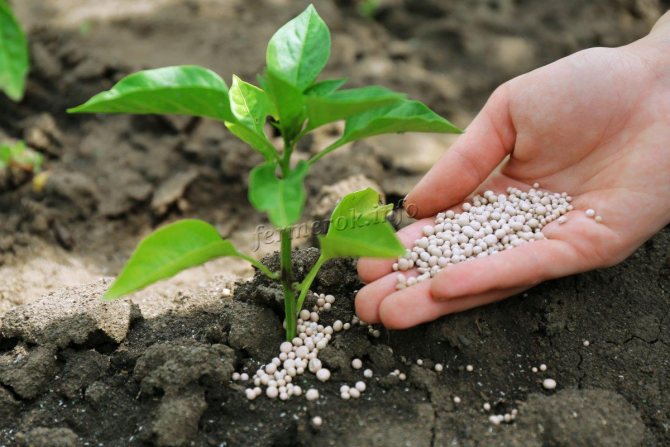

Application of complex mineral fertilizers
- "Azofoska" is a granular, non-toxic preparation. Contains nitrogen, phosphorus and potassium. Most often it is used to increase the fertility of the land or the growth force of a particular crop. Stored for a very long time.
- "Nitrofoska" is a simple substance that contains nitrogen, potassium and phosphorus.
- "Ammophos" is a phosphorus-nitrogen substance in a ratio of 52:12, respectively.This species is quickly assimilated by various plants.
- NPK (nitrogen-phosphorus-potassium supplement) is produced in the form of small granules. This is a complex complex substance suitable for different plants at any period of development. It is quickly absorbed, effective and economical.
- "Nitroammofoska" is a universal fertilizer. It contains a lot of nitrogen, potassium, phosphorus and sulfur.
- "Diammophos" is a phosphorus-nitrogen fertilizer in a ratio of 20:51. It degrades quickly in water, suitable for any period of plant development. Practically free of impurities.
Organic classification
Organic fertilizers are formed by natural processing of organic matter and include nitrogen in small amounts:
- The most popular organic fertilizing is considered to be manure. Solid and liquid excreta from livestock restore the fertile soil layer. The manure is diluted with water and the plants are fed during the growing season.
- Compost is the result of decomposition of debris, leaves, meat, fish bones. What is so remarkable about this type of organic feeding. It is simple, it can be prepared at home from vegetable tops, fallen leaves, weeds until the seeds ripen.
- Humus is the result of rotted manure. Has the highest fertilization rates.
- Poultry droppings, poultry feces, have the highest concentration of nutrients than manure. Therefore, it is needed in a lower concentration.
- Peat is compressed animal and vegetable waste with a maximum nitrogen content.
- Wood sawdust perfectly retains moisture and air, and has excellent drainage properties.
Microfertilizers
Microfertilizers usually contain a whole range of useful elements. They come in liquid form, crystals or powder that can be dissolved during use. Their advantage is that they are very quickly absorbed, almost 100% and are also able to protect plants from pests or diseases (some species). The main disadvantage is the price.
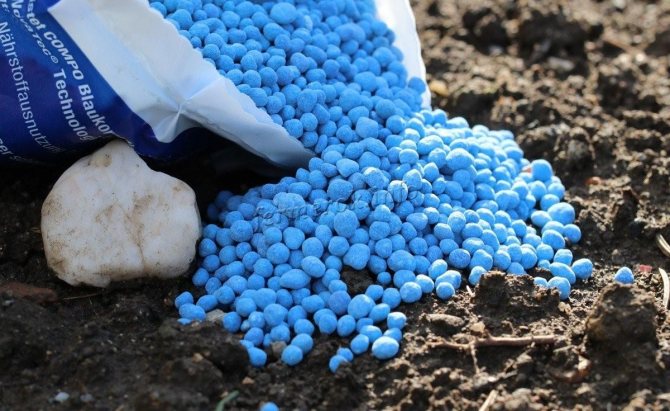

Complex of micronutrient fertilizers photo
- Sizam is recommended for cruciferous plants. It increases the yield and protects crops from pests.
- The "master" is suitable for the floral ones. It contains a lot of Zn, Cu, Fe, Mn.
- "Oracle" is suitable for berry bushes and plants, as well as for lawns and flowers. It contains many nutrients, including etidronic acid, which regulates the spread of fluid in plant cells.
Here, microfertilizers include "copper sulfate", "boric acid", "pyrite", "ammonium molybdenum-sour" and "borax".
Microfertilizers are never used en masse, for the entire garden, but only specifically for a particular culture. They also usually do not cultivate the soil, but only feed the already growing plants.
Advantages and disadvantages of foliar fertilization
The leaf method of plant fertilization has more advantages. But there are also negative points:
- you can not process diseased plants;
- in too hot or cold weather, leaf feeding is ineffective;
- it is necessary to spend often, therefore it takes more time;
- the cost of fertilizers for foliar feeding is higher, since they contain expensive substances that ensure good absorption of elements through the leaves, and the chelated form of trace elements affects the cost.
How a plant develops with leaf feeding
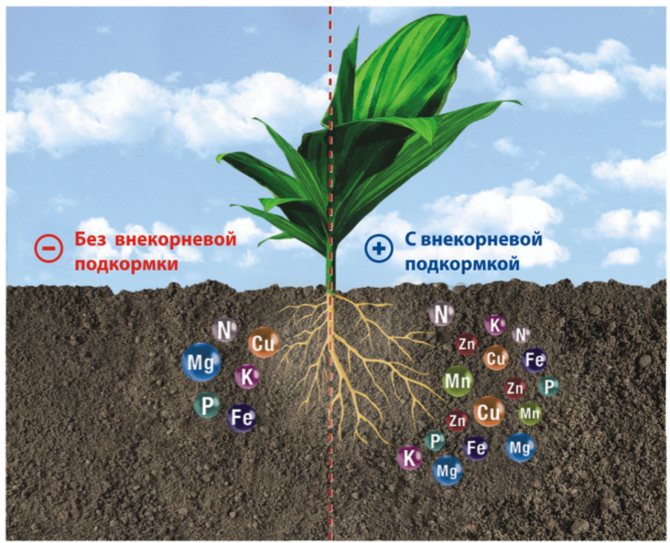

The chelated form is the most convenient combination of elements for assimilation. Free ions under the influence of chemicals in the soil can react with the "wrong" substance and become inaccessible to the plant, therefore, significant nutrients are combined in advance with those elements, in combination with which the assimilation by plants will be possible
Trace elements and special preparations
If top dressing is applied to the soil regularly, but the health of the plants raises concerns, the reason is probably a lack of trace elements... It should be remembered that the role of trace elements is similar to the functions of vitamins in human life.In other words, they are needed in strictly defined doses. Excess is as dangerous as an overdose of simple fertilizers with basic NPK elements.
The main symptoms with a lack of the following trace elements:
- Iron - the leaves become light yellow in color (better known as "chlorosis");
- Copper - growth slows down, leaf plates lose turgor, become covered with white spots;
- Bora - apical buds rot and die off;
- Molybdenum - the edges of the leaves curl and flowers fall;
- Zinc - the leaves become smaller and discolored at the edges.
In addition to fertilizers, flower growers are offered biostimulants... Such drugs activate life processes, help the home flora to adapt to adverse conditions and increase immunity. The most common are "Epin-extra" (replacement of the victim of falsifications "Epin") and "Zircon"... Both products have anti-stress properties and are beneficial for the plant. At the same time, there are noticeable differences between them.
"Epin-extra" works ahead of the curve. That is, it must be applied before such procedures as pruning, pinching, transplanting.
"Zircon", in turn, eliminates the effects of treatments, hypothermia, pest attacks, etc.
The first drug is absorbed only by leaves and stems. The second, after spraying, can also be fed the roots.
Nutrient solution for flowering plants
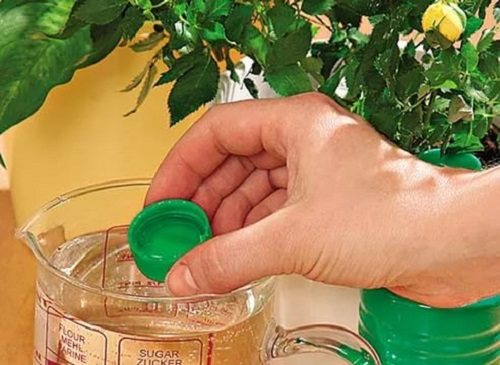

During flowering, pets on the windowsill are especially in need of additional nutrition. During this period, they most need phosphorus supplements.
To prepare top dressing you will need:
- superphosphate (instructions for use in the garden) - 1.5 g;
- ammonium sulfate - 1 g;
- potassium salt - 1 g.
Combine all ingredients with 1 liter of water, mix well. Use for watering flowering plants at the root every 7 days.
Harm or benefit
Many gardeners are confident that nitrogen fertilization is extremely harmful. In their opinion, they accumulate in fruits in the form of nitrates, of which everyone is afraid. Experts partly agree with this opinion, but with the proviso that nitrates accumulate in fruits only when fertilizers are incorrectly applied to the soil.
In other words, if you overfeed the plants with nitrogen, the excess fertilizer may actually be present in the fruits and tubers. Plants that do not need a lot of nitrogen tend to accumulate nitrates. Among such crops are early potatoes, beets, leafy vegetables. In order to prevent fruit poisoning, it is important to strictly observe the dosage when feeding them.
Buy or cook?
In order to correctly answer the question “it is better to buy or prepare organic fertilizer yourself”, you need to understand what situation a person is in.
If you live in a city and visit a summer cottage on weekends, then it is better to buy ready-made organic matter. So it wakes up easier and faster in time, which you do not have so much.
If you live in a private house and the greenhouse is nearby, it is foolish to throw away the remains of life that can increase the fertility of your beds.
Varieties of fertilizers containing nitrogen


Fertilizers are called nitrogen fertilizers if they contain nitrogen as the main component.
Fertilizers are classified according to two main characteristics.
By state of aggregation:
- solid - in the form of granules, it is used, as a rule, in the spring-summer period due to rapid leaching from the soil;
- liquid - in the form of solutions, easily absorbed by plants and evenly distributed in the soil.
Why do you need soil mulching
The introduction of mulching substances after watering under flower plants is very important, it performs several important tasks at once:
- does not allow moisture to quickly evaporate from the soil after watering;
- improves the composition of the soil;
- prevents weeds from growing;
- promotes thermoregulation in the soil - in the heat it protects the root system from overheating, and in cold weather it protects them from frost.
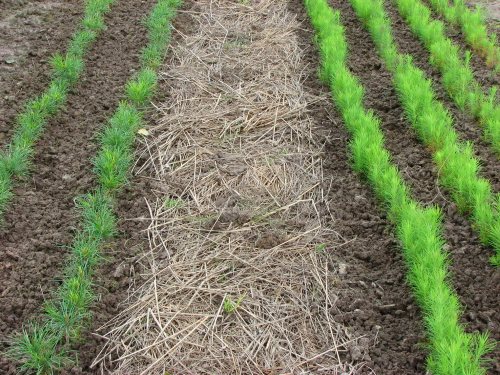

Soil mulching
As mulching elements, you can use:
- peat;
- sawdust;
- humus;
- dry foliage;
- green grass;
- gravel;
- pebbles.
Is it better to use as a mulch: organic or inorganic substances? This should be chosen by the gardener himself, but the benefits of organic are obvious:
- decomposing, it enriches the soil with microelements;
- improves the composition of the earth;
- the soil constantly remains loose, thanks to which oxygen is better supplied to the root system of plants;
- no dry crust forms on the surface of the soil.
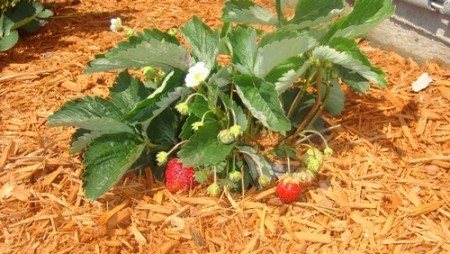

Organic mulch
The disadvantages of organic mulch include:
- Organic mulch has to be replenished periodically, and inorganic material can be in the near-trunk circles for years.
- Grass or straw usually attracts mice and birds, so they should be stirred up periodically.
- If the summer season is rainy, then the leaves, grass and straw get very wet, and this is an excellent environment for the development of fungal or bacterial pathogens.
Therefore, organic mulch should be as fine as possible.
Measurement using available tools
Usually, the instructions for the product purchased in the store indicate the required proportions. In the absence of scales, it can be problematic to determine the required amount of grams. Just using the tools at hand, you can mix the ingredients correctly.
- 10 liter bucket. It can hold 5 kilograms of dry peat, wood ash or bird droppings and 8 kilograms of humus or fresh mullein.
- Matchbox. This option is suitable for diluting mineral concentrates. It fits 15 grams. urea and ammonium nitrate, 20 gr. - superphosphate granules, 25 gr. - potassium nitrate and 10 gr. - wood ash. You also need to remember that a standard matchbox is 20 ml.
- Spoons. Familiar kitchen utensils are great for measuring quantities without scales. A teaspoon is 5 ml, and it holds 4 grams. urea, potassium chloride or ammonium sulfate, 5 gr. superphosphate and 6 gr. potassium sulfate. In a tablespoon, the volume of which is 15 ml, 10 grams fits. urea, 12 - ammonium sulfate, 17 - superphosphate, 18 potassium chloride and 20 potassium sulfate.
- Glasses. In an ordinary Soviet faceted glass 200 ml. They can measure 130 gr. urea, 160 - ammonium sulfate, 220 - superphosphate and 260 - potassium sulfate.
Thus, you can easily dispense with scales and dilute the solution in the required proportions.
Preparation of organic infusion
Consequences of a shortage
Nutrient deficiencies negatively affect plants. With the use of organic nitrogen fertilizer and the absence of regular applications, inhibition of crop development is observed. The green mass has shades of yellow uncharacteristic for the species, the tips of the plates dry.
If nitrogen does not enter the soil, then young shoots and ovaries die off. When the first signs of deficiency appear, the substrate must be fertilized immediately with mineral preparations. Chemicals are applied to the soil every 2 weeks. Trees, cottage flowers can be processed on a leaf.
Top dressing of indoor flowers
Like garden plants, indoor flowers also need nitrogen for good growth and timely flowering. Indoor flowers often need much more feeding than plants in the garden.
This is due to the limited amount of soil in the pot, which depletes over time.
For indoor plants, you can also use pigeon droppings, saltpeter, banana peel, or urea as nitrogen fertilizer. It is important not to overdo it and not oversaturate the earth with nitrogen, because in this case the plants may simply not bloom.
Growth stimulants
Root growth agent
Recently, gardeners and gardeners have increasingly begun to use growth stimulants.They accelerate the rooting of plants, reduce fruit shedding, and increase yields. Examples of growth stimulants: Root feeder, Bison, Root mixture, Kornevin, Mikrassa and others.
Growth stimulants act in a complex on the plant:
- Accelerate growth;
- Increase immunity and protect against diseases;
- Protect from adverse weather conditions.
The role of fertilizers in plant life
Plants extract from the soil the elements they need for growth and development. These are macro- and microelements that play a certain role in the development of plants. The lack of any element, be it cobalt, phosphorus, manganese or potassium, affects the well-being of the culture. Many novice gardeners are interested in why, what fertilizers are needed for.
| The soil can not always provide all the necessary elements. This can happen due to soil depletion, illiterate crop rotation, regional scarcity of soil cover. It is necessary to artificially improve the condition of the soil, but for this you need to understand what fertilizers are needed. |
The use of fertilizers is necessary to fill the missing niche in plant nutrition. Many gardeners call chemical fertilizers field vitamins. They contain nutrients in the form of compounds. Plants can absorb these compounds from the soil by ion exchange.

